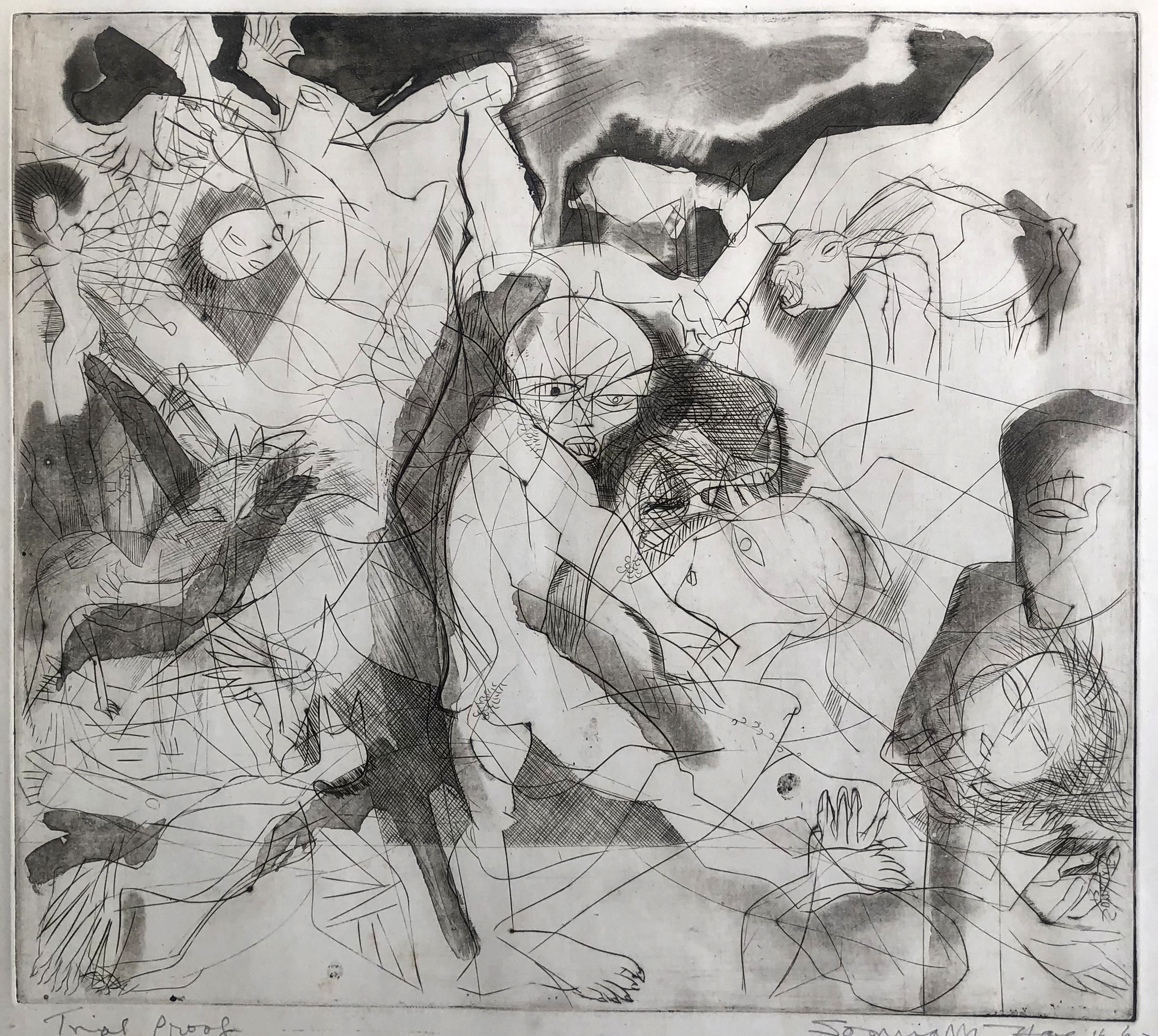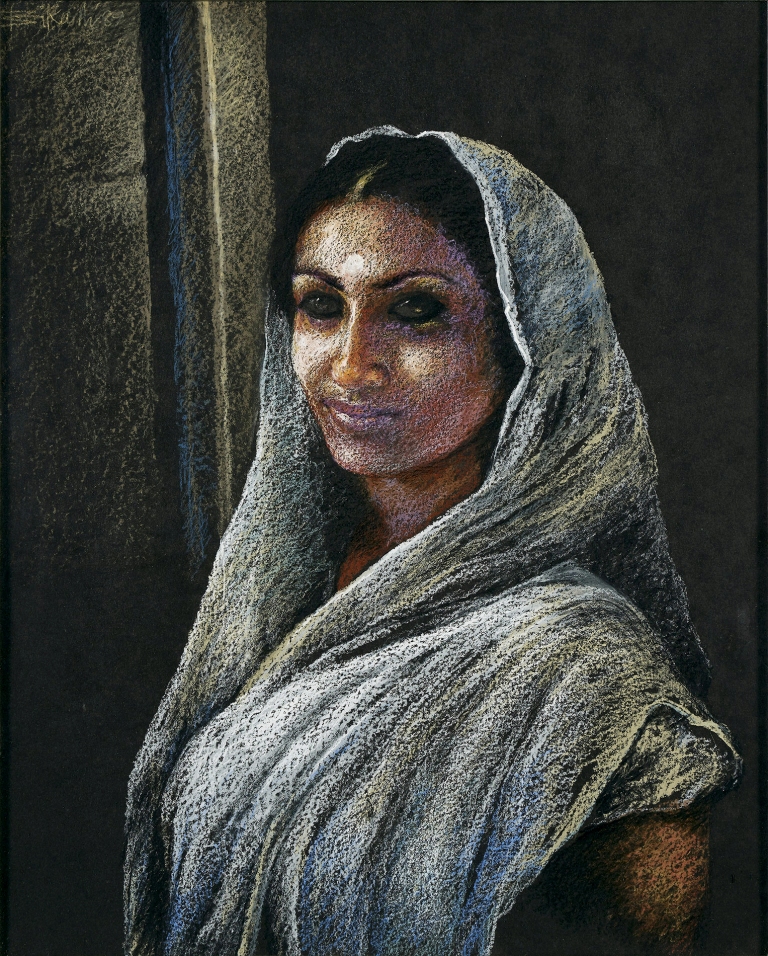The Imagined and the other: Internationalism and Post-
Colonial Hybridity In Indian Contemporary Art
Bipin Balachandran
Bipin Balachandran elucidates the concept of postcolonial subjectivity in Indian contemporary art and exemplifies how ‘hybridity’ plays an important role.
While watching the contemporary art scenario of a nation-state which has opened its doors to the stream of liberal economic values two decades ago, one can feel the depth and magnitude of socio-cultural change brought forth by that shift in policy. The visualities we experience and re/produce are of postcolonial subjectivities which, now, have attained a position at the cutting edge of global art market. Today, there is a scope and prospect of a new internationalism which is being widely shared among the artists of third world countries. The much celebrated inclusion of multicultural expressions in contemporary art exhibitions can be viewed in this context as an ongoing impact of government sponsored cultural policies supporting art outside the western main stream which started in the early 1990s with the inception of Institute of New International Visual Arts, funded by the British government.By and large the representations of postcolonial subjectivities seen in the visual art of India and other third world countries bear the marks of this new internationalism which needs to ruminate the rhetoric of international art, identity and globalization which in turn necessitates in the theoretical field an analysis of it under the rubrics of ‘the global’ and ‘the regional’.
The cultural strategies used in the field of visual art for recognition and legitimation as contemporary international art are diverse and centered largely on the concept of hybridism. The most intriguing feature one could notice in these visual representations is the presence of a kind of ‘double consciousness’. Homi Bhabha describes this situation of a postcolonial subject caught between two clashing cultures as ‘unhomeliness’. The ‘dislocated‘ postcolonial subject lives in a hybrid world of multiple signifiers derived from different sets of cultural codes and uniquely blends them in his/her art practice. This makes the interpretations of these works of art a strenuous job as these are unique ‘portmanteaus ‘of a psychological refugee. This essay is an attempt to point out some examples from Indian contemporary art which represent/ problematize the postcolonial subjectivity in their own unique ways and also tries to elucidate the nature of hybridity represented in them.



